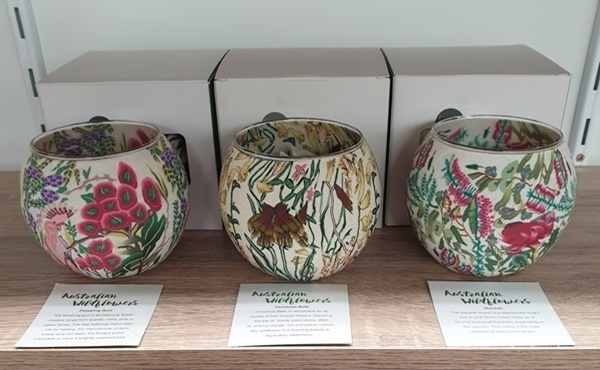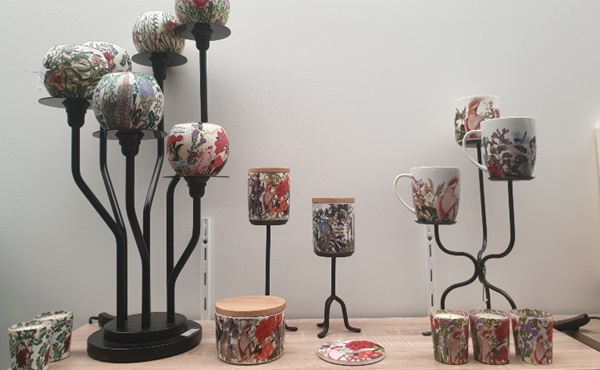Visual merchandising (VM) is a logical and measured art form utilising the elements and principles of design to capture the attention of people, who then converted into customers and sales.
As humans we are very visual beings though it is only recently that everyday people have become consumed by the power of visual stimulation.
Since the advent of Facebook, Instagram and Pinterest, we have acquired a heightened sense of appreciation for the visual aspects of our day to day living.

This has its pros and cons for VM. It means that people stop to appreciate this art form. They are attracted to it more now than ever before because posting interesting visuals on social media is powerful. It can be a great form of free advertising, attracting potential customers for retailers.
The other side of this story is that, in order to capture a customer´s 0.5 second attention span, there is more pressure on retailers to create clever, unique and eye-catching visual representation of products in their windows and in store.
Retailers need to think outside of the box and, at the very least, must change their stock. But, their fixtures and categories must also be changed seasonally in order to grab and excite customers´ interest―something new and exciting has happened in their store.

Thankfully, with the assistance of a creative mind, there are basic guidelines and principles that can be taught to retailers to enhance the customer´s visual experience in store. How far you push that creativity, however, is up to each retailer.
It all comes down to some basic understandings.
Visual Merchandising is a learnt skill. However, it also takes some intuition and creativity and is open to interpretation by the designer.

Want to read more? Check out the full article in our candles & home fragrance digital magazine, which is out now!







